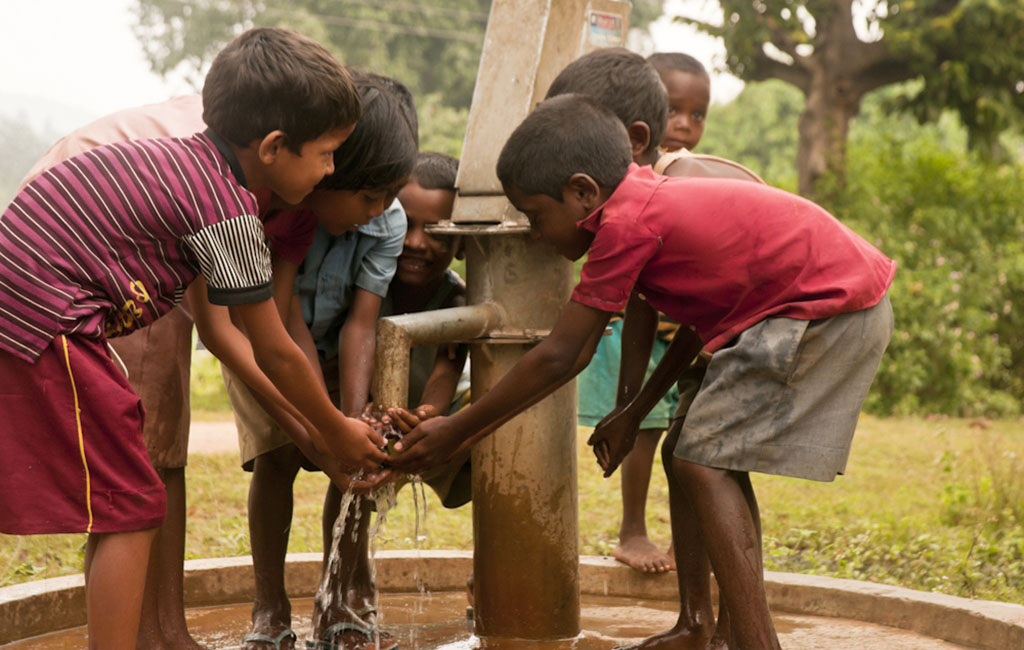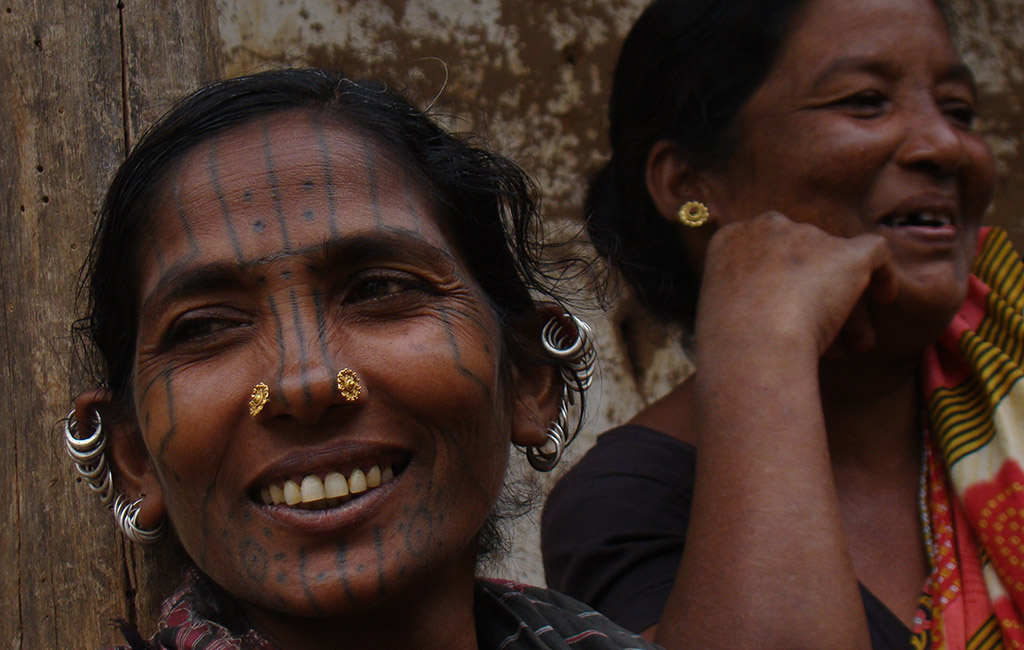
How do tribal households view government interventions?
Contrary to general opinion that tribes are a neglected lot, they are not only aware of the various government schemes for their welfare but are happy about the implementation.

Contrary to general opinion that tribes are a neglected lot, they are not only aware of the various government schemes for their welfare but are happy about the implementation.
People belonging to the Scheduled Tribes inhabit areas that have traditionally been considered poorly connected and lacking in amenities. Commonly, if a little erroneously, referred to by the inclusive common name “adivasi”, these people lived in undulating, hilly and mountainous regions which were considered to be endowed with rich forest wealth. It was believed that forests were an integral part of their livelihoods and culture.
Tribal people have lived mainly in the high lands which have somewhat degraded soils and sloping lands not suitable and hence unable to produce adequate food and crops.
A significant part of geographic regions, delimited in Schedule V, inhabited by people belonging to the Scheduled Tribes have enjoyed special status under the Constitution. The respective state governments are expected to administer them in consultation with a Tribal Advisory Council to be set up by the governor of the state and comprising representatives of the tribal people.
Article 275 (A) required the Finance Commissions to make special provisions for the development of these areas and such specific funds were disbursed to the state governments for using them for the welfare of the tribal people. Backed by substantial data of years up to the 2011 Census, conventional opinion has held that in general tribal people have borne a disproportionate share of displacement and dispossession, and have been neglected.

In general it is believed that they have received less than their share of basic amenities like roads, schools, health facilities, electricity supply, irrigation, etc. As the forest wealth dwindled over time and aspirations rose, tribal people appear to contribute disproportionately to circular migration in the country.
How have the living conditions of these people been in the last seven or eight years? How do they view the government interventions meant for them? Being among the worst affected people (as they were dependent on income from casual labour in destinations) during the lockdowns and their economic fallout, how did they see the schemes mounted by the central government meant for ameliorating their conditions?
A large survey that reached out to more than 5,000 households throws remarkable inferences. This was done by Professional Assistance for Development Action (PRADAN) with a team including the authors of this article.
Conducted during 2021 as economic fallouts of COVID-19 raged and ravaged the country, the survey followed a sound method, had sufficient sample size of tribal (and within them the particularly vulnerable tribal group or PVTG) people in a large number of locations and a smaller sample of non-tribal households for the purpose of comparison.
The survey results have been captured in the first Status of Adivasi Livelihoods (SAL) Report for Jharkhand and Odisha. One major dimension that was studied related to how the tribes perceived the government interventions in their regions. Among the government schemes looked at were Ujjwala scheme, PM-Kisan, Janani Suraksha Yojana, MGNREGA, Ayushman Bharat, Swachh Bharat Mission and PM Awas Yojana.
Data collected on three dimensions: whether the respondent was aware of the scheme and appreciates it, whether she was eligible and if she had applied, and whether she was satisfied with the performance of the governments in terms of delivery.
The data is revealing.

There was wide appreciation and satisfaction with the schemes designed by the government. In a sense the residents of these remote areas, tribal and non-tribal people alike, felt satisfied that such schemes were offered by the state. This satisfaction remains high whether they were eligible and applied or not. The satisfaction with performance too was seen as quite high and not restricted to a “favoured group”.
Among the government schemes, over three-fourths of the respondents expressed happiness about the Right to Education, Ujjwala scheme and the Janani Suraksha Yojana scheme. Even for schemes which involved substantial rupee value benefits for those seen eligible, such as the PM Awas Yojana and the Swachh Bharat scheme, almost two-thirds of the respondents expressed happiness.
The satisfaction level was modest only for Ayushman Bharat scheme, whose direct relevance may not have been realised by many respondents as it relates to benefits for hospitalisation, which perhaps is encountered by fewer people.
The awareness of the government schemes was indeed high: they could recognise what the scheme was and whether it was meant for their household or not. This awareness in turn gave rise to satisfaction. In a sense it can be argued that this was the impact of much enhanced transparency: the front end implementers were no longer able to share the information on the scheme and the eligibility criteria with their chosen ones. Secondly, the appreciation was so high as to let us infer that there was a sense of satisfaction that at last someone was recognising the needs of the people living in such remote areas and offering something that made sense to them.
The satisfaction level with actual performance was also quite high in absolute sense though lower than the sense of happiness that such schemes have come about. This could be attributed to specific implementation hiccups that may have occurred at the locations.
The data clearly shows that most of the schemes meant for welfare of rural poor are reaching the remote areas and to people conveniently neglected till the 2011 Census period. One may be pardoned for surmising that if rural people in remote tribal locations express high levels of happiness with government programmes, those in better off would also have received these welfare benefits.
The survey analysis tends to substantiate common place observation recorded by those who frequent rural areas that of late one sees quite a sharp improvement in infrastructure such as in roads and rural housing.
Rural India is indeed on a move towards a better future.
The lead image at the top of this page shows residents of a remote village using a water pump (Photo courtesy PRADAN)
Kiran Limaye teaches Economics at Narsi Moonji University, Mumbai. Earlier he was with VikasAnvesh Foundation, Pune.
Sanjiv Phansalkar is the director of VikasAnvesh Foundation. He was earlier a faculty member at the Institute of Rural Management Anand (IRMA). Phansalkar is a fellow of the Indian Institute of Management (IIM) Ahmedabad.
The views are authors’ own and may not necessarily reflect those of their institutions or PRADAN.